Mold in drywall? and something wierd
therealdeal
14 years ago
Related Stories
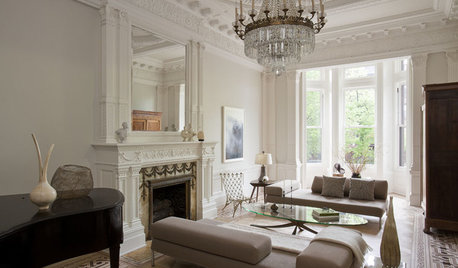
REMODELING GUIDESCrown Molding: Is It Right for Your Home?
See how to find the right trim for the height of your ceilings and style of your room
Full Story
MATERIALSRaw Materials Revealed: Drywall Basics
Learn about the different sizes and types of this construction material for walls, plus which kinds work best for which rooms
Full Story
REMODELING GUIDESDesign Details: Moldings — or Not?
16 new and unusual ways to trim your doors, floors and ceilings
Full Story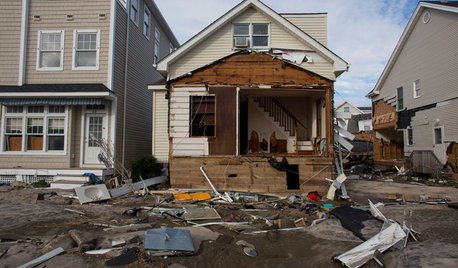
DISASTER PREP & RECOVERYHow to Combat Mold in a Flooded House
Before you rebuild or restore your water-damaged home, take these steps to keep mold at bay
Full Story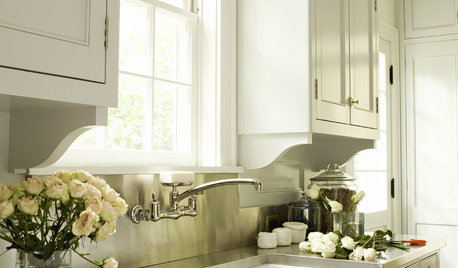
DECORATING GUIDESArchitectural Details Make All the Difference
Are you missing an opportunity to enhance your home with brackets, cabinet feet and moldings?
Full Story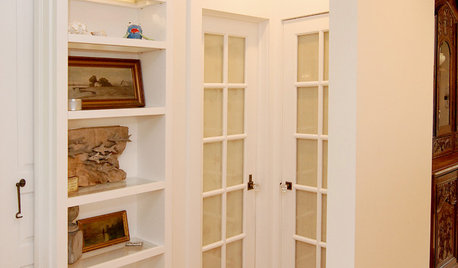
REMODELING GUIDESHow to Size Interior Trim for a Finished Look
There's an art to striking an appealing balance of sizes for baseboards, crown moldings and other millwork. An architect shares his secrets
Full Story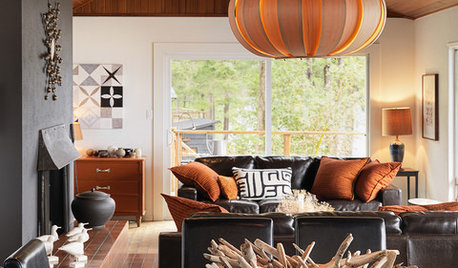
HOUZZ TOURSHouzz Tour: Creative Design Moves Rescue an Island Cottage
Facing down mold and nicotine, two industrious Canadian designers transform an uninhabitable wreck into an artful getaway
Full Story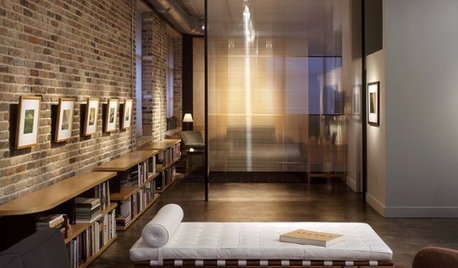
MATERIALSMaterials Workshop: Polycarbonate — a Low-Cost Alternative to Glass
Looking for something lighter, stronger and less expensive than glass? Multiwall polycarbonate may be a good option
Full Story
LIFE7 Things to Do Before You Move Into a New House
Get life in a new house off to a great start with fresh paint and switch plates, new locks, a deep cleaning — and something on those windows
Full Story






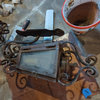


brickeyee
therealdealOriginal Author
Related Professionals
Arlington Handyman · Eagle Kitchen & Bathroom Remodelers · Morgan Hill Kitchen & Bathroom Remodelers · Bay Shore General Contractors · Burlington General Contractors · Dallas General Contractors · Ken Caryl General Contractors · Arvada Painters · Ashburn Painters · Round Rock Painters · Holiday Painters · East Bridgewater Painters · Haslett Painters · Middle Island Painters · Poinciana Paintersenergy_rater_la
therealdealOriginal Author
brickeyee
therealdealOriginal Author
sunnyca_gw
therealdealOriginal Author
Harley405
energy_rater_la